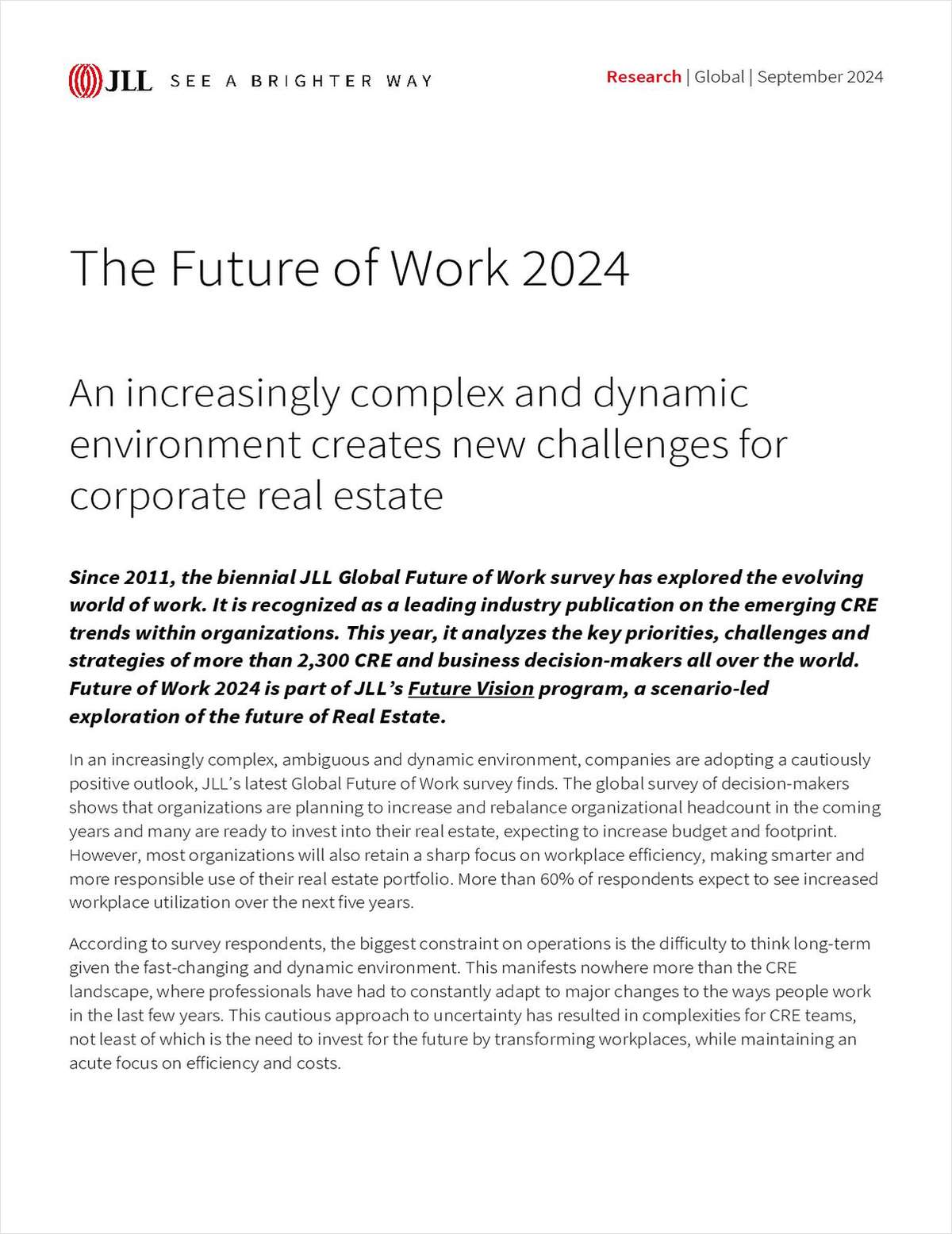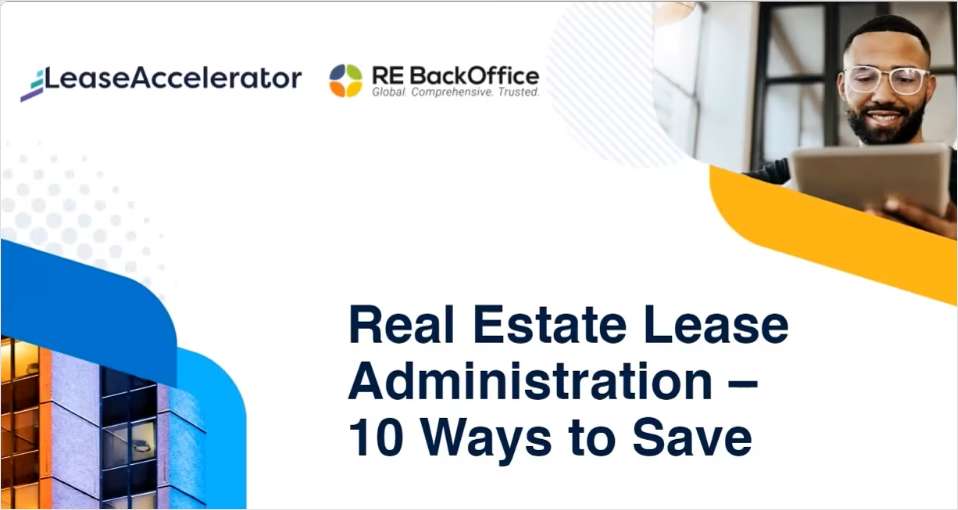
Three months ago, a private equity firm approached Tom Galli, a Washington, DC- based attorney with Greenberg Traurig, with an intriguing proposition: it wanted to team up with a bank to acquire a non-performing real estate loan portfolio from a failed institution. The healthy bank would take the assets it wanted from the seized bank, the private equity fund would take the non-performing real estate loan portfolio.
"We took the transaction to the one-yard line, at which point the parties elected not to proceed due to a failure to reach agreement on a couple of business terms ," Galli reports. One major challenge was that there was only a short window, two weeks at best, to negotiate the documentation for this novel transaction. "A critical element was coming up with a balanced agreement within that time constraint."
Since that experience, Galli says Greenberg Traurig "has made significant strides in developing just such a balanced agreement" to ensure that similar deals can be closed within the short time frame allotted. The first private equity/bank deal will happen eventually, he predicts. And when it does, it will be the start of what Galli sees as the next generation of loan portfolio purchase transactions or structured sales involving the FDIC. In short, as distress and excess leverage continue to break away from the tangled economy, private investors and the government will become ever more creative in picking over-and capitalizing from-the pieces.
There is every reason to believe such ambitious structures will eventually
be realized: one only has to look back at the steady, but seemingly slow, slog the FDIC and private sector have made thus far.
The FDIC began its structured sale program in earnest with the $1.3- billion loan sale to Residential Credit Solutions in September 2009, the first transaction under the government's legacy loan program. The receiver for Franklin Bank bid for 50% equity interest in the structured sale of the residential mortgage loans.
The deals that have followed are based on the same model, more or less: the agency forms an LLC to which it contributes the failed bank's loans and assets. It then auctions an interest in the LLC to a winning bidder while maintaining an equity stake or participation interest in the assets. In some cases, the FDIC has helped fund the acquisition via its purchase of a money note. In the RCS deal, it used an amortizing note guaranteed by the FDIC.
Many of the deal structures have had unique elements, due largely to varying asset classes securing the loans in a portfolio. Some have been permanent loans, while others, construction or development loans. The ratio of performing to non-performing loans has varied widely as well. As a result, the overarching story line has been that of a work in progress, with each successive deal tailored slightly differently, depending on the participants and the FDIC's internal deliberations of what it should and should not do in these transactions.
For example, in the beginning, the agency received a lot of pushback on its requirement that a managing partner provide a guarantee up to the size of the equity amount. That is a tall order for most private equity firms. And from a practical perspective, the agency realized that in a situation that may be financially deteriorating, a guarantee would likely need to be enforced in court.
So the FDIC reserved the right to take participants' equity instead, if the situation warranted. "We prefer the ability to remove that manager rather than having a guarantee ," says Tim Kruse, senior capital markets specialist at the FDIC. "Private equity companies realize that if they don't perform, we will potentially take their equity. Both of our interests are now aligned."
More recently, the FDIC began to heed the calls of medium-sized private equity firms that wanted to participate but didn't have the financial heft of a Colony Capital, for instance, which has been the winning bidder on several transactions. This past July, Colony Capital Acquisitions made a bid for a portfolio with a junior equity partner called the Cogsville Group. The duo closed on a sale of 40% equity interest in a limited liability company holding approximately $1.85 billion worth of assets from 22 failed bank receiverships.
Nearly three-quarters of the collateral in the portfolio is located in Nevada, California, Colorado, Arizona and Georgia, all from loans made by banks that failed during the past 23 months. It was also the first transaction in which a minority-owned company took a stake in the FDIC's structured sales.
That deal was followed by another in September, in which a medium-sized private equity firm, Mariner Real Estate Management in Leawood, KS, took a 40% stake in a $760-million portfolio for $52 million. The portfolio included approximately 1,100 residential
and commercial acquisition and development loans located in 24 states from 20 banks closed by the FDIC.
Not only did the FDIC work with a private equity firm that was smaller than it was used to, but it also provided what was essentially a carve-out of the proceeds in the form of a $25-million advance facility for working capital needs. Sandwiched between these deals was a joint venture of Toll Brothers subsidiary Gibraltar, Milestone Merchant Partners and certain funds managed by Oaktree Capital. The JV purchased a portfolio of nonperforming loans worth $1.7 billion. All of the assets came from the former Amtrust Bank, which the FDIC took into receivership in December 2009.
Here again the agency provided a carve-out of some of the proceeds, this time to be used by the investors for land development, a non-recourse advance facility of approximately $40 million for additional working capital needs.
It was, Kruse says, the agency's way of getting the best return on raw land. As these sales inevitably roll on, the FDIC will continue to tweak its model, he adds. These changes will likely occur in familiar categories such as providing financing to bidders, which depends on the bidder's collateral and how much skin its partner has in the game, as well as making changes on loss share. "At the end of the day, our goal is to maximize our returns ," Kruse says.
The FDIC's returns will be maximized even further if such deals as the one Galli tried to close for a private-equity player start occurring. Bids would naturally be higher in these offers, he says, because of the participating healthy bank. There are restrictions on this type of structure, mainly through the holding requirements imposed by the Fed
on investors who own from a 10% to 30% interest in banks. This depends on the level of control reserved by the investor, Galli says. An alternative teaming arrangement between private equity and healthy banks is available in scenarios in which a healthy bank would be interested in acquiring a failed bank, but not its non-performing loan portfolio.
A healthy bank can also team up with a private equity firm with some variation of the following structure,
he explains: the healthy bank would obtain from the private equity funds a price contract for the non-performing loans and add that price to the healthy bank's valuation of the bank franchise, which includes its deposits and other assets that the healthy bank wants. The bank would then submit the bid on that combined, and presumably higher, valuation. If the healthy bank is awarded the failed bank's bid by the FDIC, the healthy bank would then sell the non-performing loan portfolio to the private equity fund.
Another type of transaction, a second wave if you will, that Galli foresees occurring in the near future is a replication in the private sector of the FDIC structured-sales model. These transactions would occur between healthy and troubled banks and private equity, using the core terms seen in the current iteration of FDIC structured transactions.
In this scenario, a bank that owns the non-performing loan portfolio will contribute it to a newly created LLC in which an investor acquires a 40% stake. Similar to the LLCs created in the structured-sales deals by the FDIC, the value of loans in the portfolio owned by these LLCs will be enhanced through the skill set of the private equity source that will asset-manage the portfolio, for the benefit of the bank and the investor in the LLC. The structure also permits the bank to raise capital through the sale of 40% interest in the portfolio, as opposed to selling 100% of a portfolio in depressed market conditions.
There is a tremendous amount of discussion right now about a variety of structures among banks and private equity firms for this model, Galli says, "and we are working hard to contribute ideas for creative solutions."
These two trends-private equity teaming up with healthy banks to bid on failed banks and a replication of the FDIC model in the private sector among banks-will start to materialize over the next two quarters, he believes, continuing for some time thereafter.
Greenberg Traurig has been prepping for this next generation of transactions, he continues. "We have invested an extraordinary amount of time to position ourselves to provide services on the volume of non-performing loan portfolios that will trade soon in greater volume ," Galli says. "We have done so by establishing teams in each of the states in which we have offices, with talent ranging from paralegals and mid-level associates to senior shareholders and attorneys in our real estate, bankruptcy, tax, partnership, environmental and related practice groups."
Further off in the timeline is a third wave of real estate transactions Galli foresees coming to market: public-private partnerships. These won't occur for at least a few years, primarily because investors will have more attractive returns available to them in other opportunities. After those higher-return opportunities wind down and the market stabilizes, Galli predicts a substantial increase of such transactions in the US, in line with the volume generated in Europe and Africa.
The reason is twofold, he says: the longstanding deterioration of US infrastructure and the drying up of borrowing capacity for US government entities. "Government entities will have to turn to the private sector for funding solutions on their real estate needs ,"
he notes. "As their tax-free borrowing capacity is exhausted, they will have to do these deals at taxable rates."
Transactions in public-private partnerships will occur for a variety of projects, from roads and schools to city halls and libraries. Those transactions will also occur in a variety of creative forms, Galli predicts, such as ground leases with revenue participation interest, real property swaps and so on.
However, such deals, once they get closer to reality, may find some unexpected roadblocks. Regulators have a natural disinclination to marry real estate capital to a bank solution since they see real estate capital as too opportunistic and too eager for a fast return, says a source who has also been trying to convince regulators of the merits of these structures.
But as the string of bank failures reaches unexpected proportions, there are signs that regulators are becoming more flexible. Among other approaches, the FDIC has provided assistance to investors that wish to acquire these banks through price discounts and warrant sales. Examples include TD Bank of Canada, which announced it would buy the South Financial
Group. Thomas H. Lee Partners took a minority stake in Sterling Financial for $134.7 million. Then there was Gerald J. Ford, who paid $500 million for a 91 % stake in Pacific Capital Bancorp, based in Santa Barbara, CA.
As further evidence of regulators' increasing flexibility, Hal Reichwald, co-chair of national law firm Manatt, Phelps & Phillips LLP's Banking and Specialty Finance Practice Group, points to one of the FDIC's iconic structured sales: the assets of the failed Corus Bank. The FDIC split the bank's assets in its core banking franchise, which was sold eventually to MB Financial Bank, and its real estate loan portfolio. That got sold to a consortium of real estate investors led by Starwood Financial and TPG Capital This split approach suggests that banking regulators might be open to the possibility of private equity and real estate capital working together, Reichwald concludes.
GlobeSt.com News Hub is your link to relevant real estate and business stories from other local, regional and national publications.
Want to continue reading?
Become a Free ALM Digital Reader.
Once you are an ALM Digital Member, you’ll receive:
- Breaking commercial real estate news and analysis, on-site and via our newsletters and custom alerts
- Educational webcasts, white papers, and ebooks from industry thought leaders
- Critical coverage of the property casualty insurance and financial advisory markets on our other ALM sites, PropertyCasualty360 and ThinkAdvisor
Already have an account? Sign In Now
*May exclude premium content© 2024 ALM Global, LLC, All Rights Reserved. Request academic re-use from www.copyright.com. All other uses, submit a request to [email protected]. For more information visit Asset & Logo Licensing.








